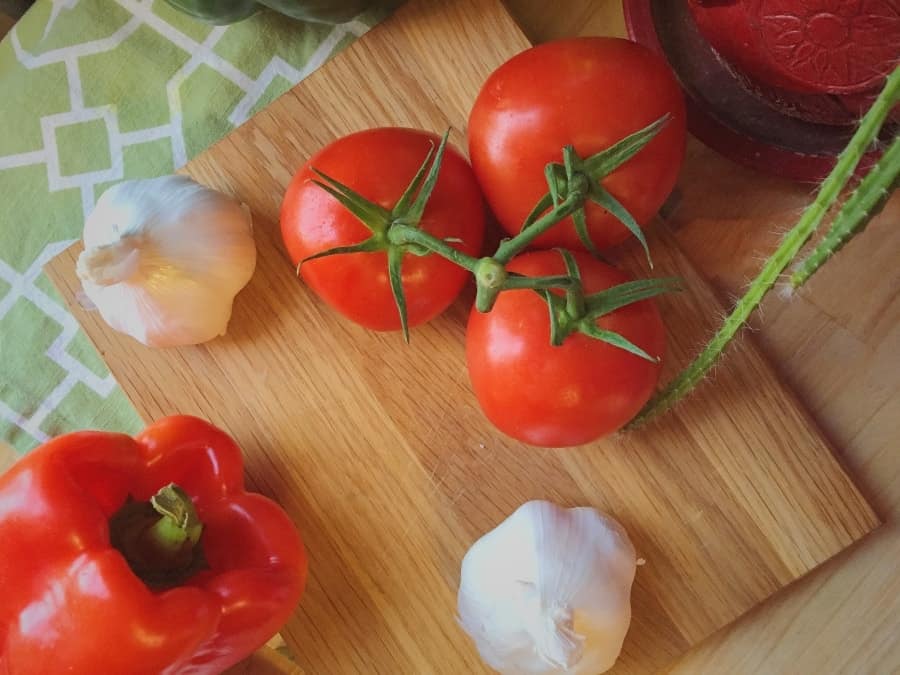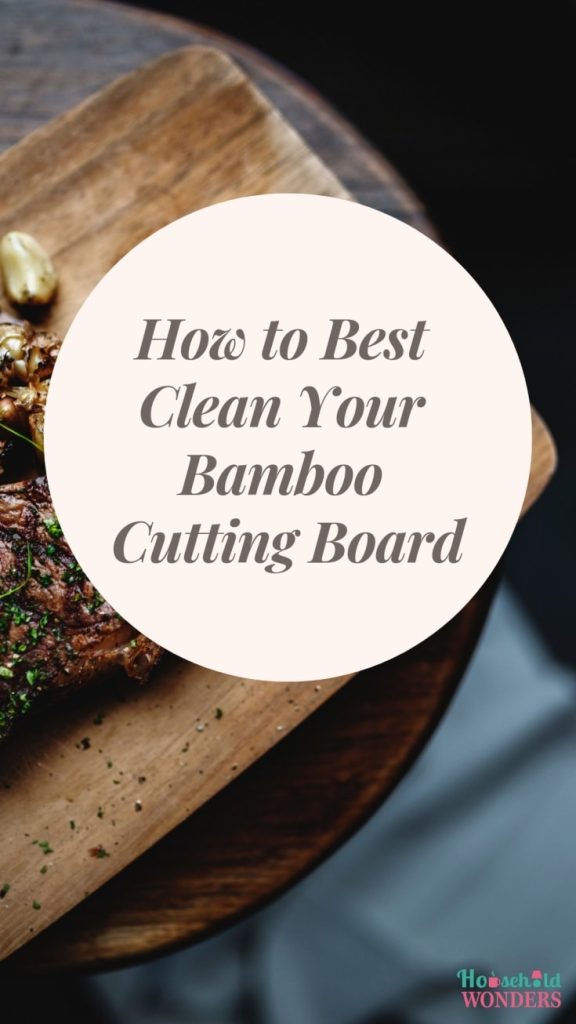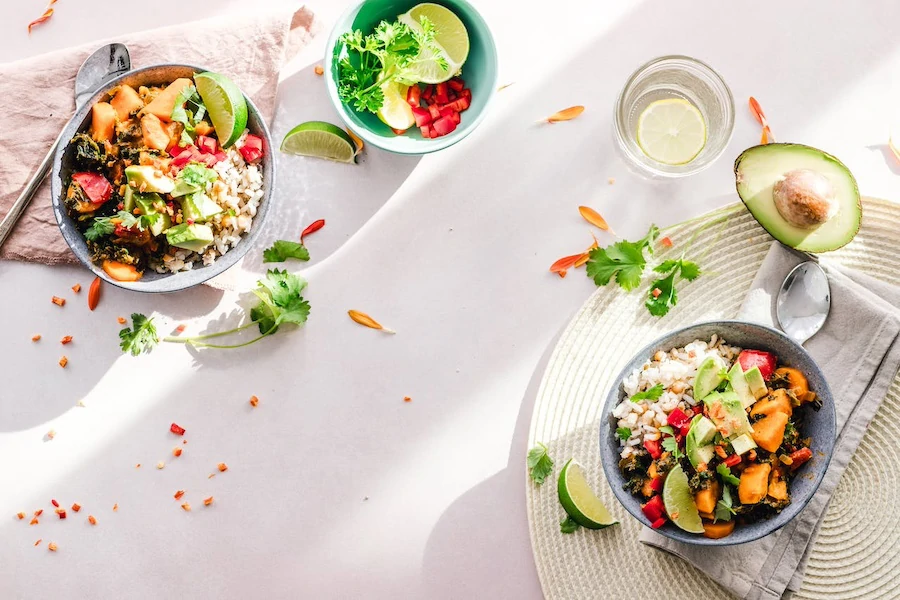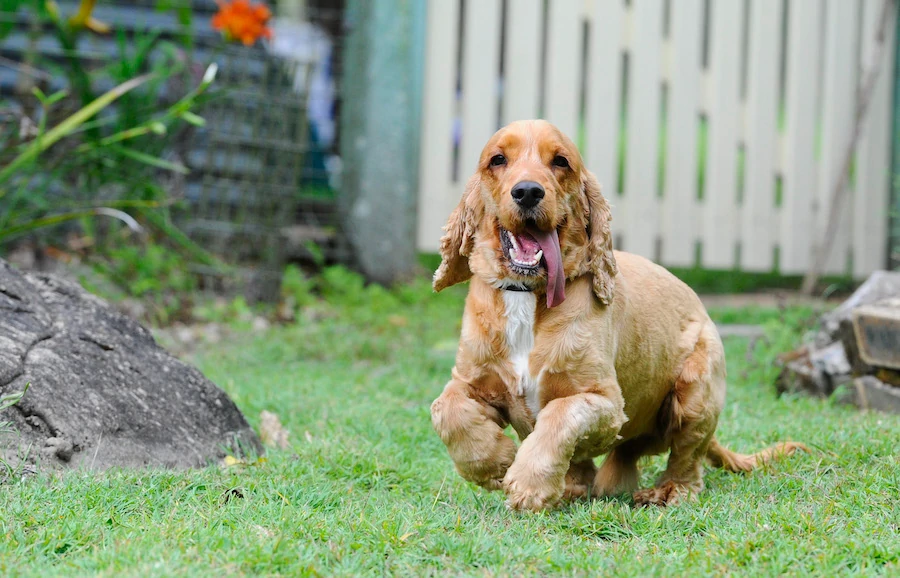
I’m a huge fan of using bamboo products and I’ve recently been using my bamboo cutting board rather frequently. Even though bamboo doesn’t get as messy as wood or plastic, I realize it still needs to be cleaned every so often. That led me to investigate how to best clean my bamboo cutting board.
So what’s the best way to clean a bamboo cutting board? To properly clean a bamboo cutting board, you need to scrub the surface with mild soap and warm water and let it air dry on its side for 15 to 20 minutes. Before the initial use of a bamboo cutting board, apply soft mineral oil and let it dry for at least an hour.
That’s the quick and (not so) dirty way of how best to clean your bamboo cutting board, but there are many more effective ways to clean it depending on how you’re using it. Maybe you used it to cut chicken. Maybe it has a stubborn stain.
Cleaning a Bamboo Cutting Board
Bamboo is an incredible material because bamboo is very eco-friendly, durable, hygienic, and easy to maintain. Using bamboo instead of other materials, like wood or plastic, is far more environmentally friendly, and, in my opinion, more stylish. As a matter of fact, bamboo is such a long-lasting and low maintenance material, I’m starting to use it more and more throughout my house.
Now depending on how you use your bamboo cutting board, you’ll want to take certain actions to ensure that it’s truly clean. After every use of your bamboo cutting board, the cleaning routine I always follow is to apply a mild soap with water and let it air dry on its side. This is simple and plain, but effective.
However, you never want to put your bamboo cutting board in the dishwasher. This’ll damage the bamboo beyond repair because the material will become warped. What happens is the mineral oil used to treat and protect the bamboo cutting board gets stripped, leaving it exposed to the elements. The same goes for soaking it in water. You definitely want to avoid these methods if you want to protect your bamboo cutting board.
Whenever I start to see stubborn stains on my bamboo cutting board, I never use any chemical cleaners as I want to ensure it doesn’t interfere with my cooking. So instead, I do the following:
- Sprinkle salt (ideally coarse salt) on the stained area.
- Rub the stained area with a warm, damp cloth or sponge in a circular motion.
- Keep repeating steps 1 and 2 until the stain is gone.
- Let it air dry.
You can also replace the coarse salt with baking soda if you like. If you use baking soda instead, let it sit for 5 minutes before rubbing it with your cloth or sponge. I’ve personally tried both methods and they both seemed to work fine for me.
I’ve been using the KOOQ Extra Large Bamboo Cutting Board (link to read reviews on Amazon) and absolutely love it. It’s big enough for me to prepare my meals, it’s extremely durable, and it even comes with little bamboo legs to avoid wobbly situations.
We all know that cutting boards can get a stain here and there, but they can also start to smell. The moment you can smell something funky going on with your cutting board, you’ll want to deodorize it. To do that, you should:
- Sprinkle salt and half a lemon on the stained area.
- Let it sit so that the lemon juice doesn’t run for at least 2 hours (ideally overnight).
- Rinse it with a warm, damp cloth or paper towel. If the salt is hard to remove, try using a non-metal spatula to take it off.
- Let it air dry.
These are the most eco-friendly ways to properly clean your bamboo cutting board, but there are certainly more things to consider when caring for it.
Disinfecting Your Bamboo Cutting Board
I don’t know about you, but whenever I use my cutting board for meat, poultry, or seafood, I want to make sure that it’s fully clean after I use it. Even though bamboo is much safer to use than wood or plastic because of its anti-bacterial and anti-fungal properties, there’s still need to clean it thoroughly to avoid any issues related to E. coli, Salmonella, or general cross-contamination.
Using white vinegar and baking soda on your bamboo cutting board is probably the best way to go about disinfecting it. The great thing about using white vinegar is that it’s a natural disinfectant due to its high-acidic properties, so removing pesky and harmful bugs like E. coli and Salmonella is easy. If you combine this with baking soda, you get a strong, clean, and safe agent that really hits those bugs hard. The following steps should help ensure you’re properly disinfecting your bamboo cutting board:
- Sprinkle a light layer of baking soda on one side of your cutting board.
- Spray undiluted white vinegar on top of the baking soda.
- Let it fizz and sit for 10 minutes.
- Rinse it with a warm, damp cloth or paper towel.
- Let it air dry.
Some people use hydrogen peroxide (3%) instead of the combination of vinegar and baking soda to disinfect their bamboo cutting board. This is another clean, eco-friendly way to do it. For me, I’ve been sticking with the vinegar and baking soda, but both work great! However, if you do use hydrogen peroxide, make sure that you don’t mix it with baking soda as it’ll turn into a solid, making it rather difficult to remove from your cutting board’s surface.
If you don’t think you need to disinfect your bamboo cutting board, but would still like to remove any odors, there’s another way to go without using any chemicals. Here’s a quick way how:
- Rub a half-cut lemon on the surface of the cutting board.
- Let it sit for 10 to 15 minutes so it doesn’t run.
- Rinse it with a warm, damp cloth or paper towel.
- Let it air dry.
Extending the Life of Your Bamboo Cutting Board
Now we all want our household items to last as long as they can, but certain materials – especially natural, eco-friendly ones – need to be taken proper care of over time. Not only does this ensure you get your money’s worth, but you also ensure that you produce less environmental waste than necessary.
The absolute first thing you should do to your bamboo cutting board before using it is to apply mineral oil to the entire surface. Even if the manufacturer told you they’ve done it already, it’s smart to do it yourself. That way you know it’s been properly done and you’ve gotten some practice so you can do it in the future.
When applying the mineral oil, you want to use a clean, dry cloth so you can easily spread it across the surface. As a matter of fact, it’s a good idea to properly apply mineral oil to your bamboo cutting board every month or two to make sure it lasts a long time. Best practice would be to do the following every 1 to 2 months:
- Apply mineral oil to the surface of the cutting board.
- Rub in the mineral oil with the grain of the bamboo using a clean, dry cloth.
- Let it sit for 2 hours so the mineral oil can dry.
- Wipe off any extra mineral oil still on the surface.
When you first start using your bamboo cutting board, you should do this every month. However, as you continue to properly care for it, applying mineral using these steps only needs to be done every two months.
The great thing about using mineral oil is that your ensuring your bamboo cutting board stays water and stain-resistant as well as making it more durable so as to avoid your bamboo cutting board from splintering. Actually, some people mix a bit of beeswax with the mineral oil to make the bamboo even more resistant to the elements.
Advantages to Using a Bamboo Cutting Board
Using a bamboo cutting board has several advantages that can help the environment as well as your wallet. Over the years, I’ve been adding more and more bamboo products in my house and I’m really glad I have. I’m even starting to replace a lot of my wooden kitchenware with bamboo!
The main advantage of using a bamboo cutting board is that bamboo is very eco-friendly. It’s a highly renewable resource that can regrow to its adult plant size within 5 to 7 years and it’s in heavy supply worldwide. While most of it is produced in China, bamboo is still incredibly environmentally friendly compared to other materials.
Another great point is that bamboo is naturally anti-bacterial and anti-fungal, so using it around your kitchen is perfect. While we still need to clean our bamboo cutting boards from time to time, it’s nice to know that our bamboo is keeping its guard up when confronting all the world’s bugs.
Bamboo cutting boards are also very long-lasting because they aren’t easily damaged. The durability of bamboo is extremely high, so it’s likely you’ll have yours for quite some time. Actually, it’s even safe for knives, which means less dull knives that might have cost quite a bit! This is great if you’re trying to keep costs down and ensure a healthy, green household.
Related Questions
Are bamboo cutting boards sanitary? Bamboo cutting boards are safe and sanitary when compared to other materials, such as wood and plastic. Special bamboo properties ensure that it’s anti-bacterial and anti-fungal.
How long will my bamboo cutting board last? Bamboo cutting boards can last for years and generally longer than wood cutting boards. Bamboo is made of long, durable fibers that provide a strong material unlike wood, which contains shorter and generally weaker fibers.




